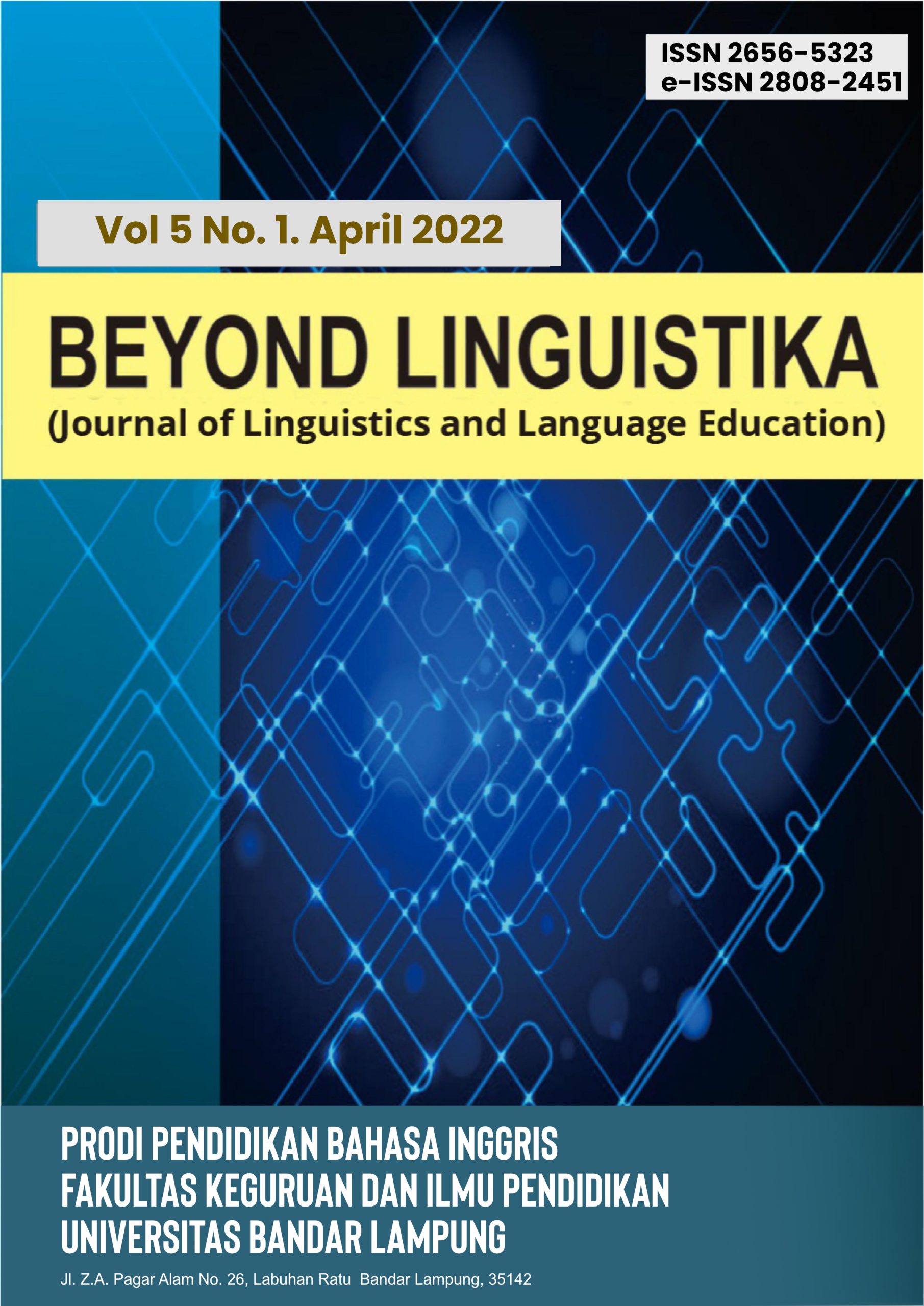EFFECTIVE WRITTEN COMMUNICATION THROUGH EMAIL: THE DO’S AND DON’TS
Abstract
Keywords
Full Text:
PDFReferences
Bälter, O. (1998). Electronic Mail in a Working Context. (Doctoral Dissertation). KTH Royal Institute of Technology. Stockholm
Beattie, G., & Ellis, A. (2017). The Psychology of Language and Communication (1st ed.). Taylor and Francis. Retrieved from https://www.perlego.com/book/1574427/the-psychology-of-language-and-communication-pdf.
Chapman, R, (n/d). English for Emails: Express Series. Oxford: Oxford Business English.
Crystal, D. (2001). The Language of Email: In Language and the Internet. Cambridge: Cambridge University Press.
Duthler, K.W. (2006). The politeness of requests made via email and voicemail: Support for the hyperpersonal model. Journal of Computer-Mediated Communication.11(2) 500-521. https://doi.org/10.1111/j.1083-6101.2006.00024.x
Grabe, W. & Kaplan, R.B. (1996). Theory and practice of writing: An applied linguistics perspective. New York: Longman.
Greenley, B. (2017). Forget “Best” or “Sincerely,” This Email Closing Gets the Most Replies. Retrieved on December 13, 2022 from https://blog.boomerangapp.com/2017/01/how-to-end-an-email-email-sign-offs/
Herring, S. C. (2002). Computer-mediated communication on the Internet. Annual Review of Information Science and Technology. 36, 109– 168. Retrieved from https://asistdl.onlinelibrary.wiley.com/doi/10.1002/aris.1440360104
Hyland, K. (2019). Second Language Writing. 2nd ed. Cambridge: Cambridge University Press.
Kankaanranta, A. (2005). “Hej Seppo, Could You Pls Comment on This!” Internal Email Communication in Lingua Franca English in a Multinational Company. Ph.D. dissertation, Centre for Applied Language Studies, University of Jyväskylä. Retrieved from http://ebooks.jyu.fi/solki/9513923207.pdf
Konuk, S. (2021). E-mail Literacy in Higher Education Academic Settings. International Journal of Education & Literacy Studies. 9 (3) 29-42. https://files.eric.ed.gov/fulltext/EJ1319324.pdf
Lewin-Jones, J. & Mason, V. (2014). Understanding style, language, and etiquette in email communication in higher education: a survey. Research in Post-Compulsory Education. 19 (1), 75–90, http://dx.doi.org/10.1080/13596748.2014.872934
Martina, (2022). How to Write a Professional Email. Retrieved December 13, 2022 from https://zyro.com/blog/how-to-write-a-professional-email/
Pascual, P. (2022). Are You Using the Best Email Sign-Off? 15 Email Closings and Their Meanings. Retrieved on December 13, 2022 from https://blog.talaera.com/email-signoffs
Prasatya, A. C. (2017, September 4). 5 overlooked secrets of a great email. The Jakarta Post. Retrieved from https://www.thejakartapost.com/life/2017/09/04/5-overlooked-secrets-of-a-great-email.html
Rahman, M. (2016). Effective Email Communications. Retrieved December 12, 2022 from https://www.academia.edu/23713761/Effective_E-mail_Communications_Communication_Triangle
Rajnerowicz, K. (2022). How to Start an Email [20+ Best Greetings & Opening Lines]. Retrieved December 13, 2022 from https://www.tidio.com/blog/how-to-start-an-email/
Short, J., Williams, E., & Christie, B. (1976). The social psychology of telecommunications. Toronto; London; New York: Wiley.
Waldvogel, J. (2007). Greetings and closings in workplace email. Journal of Computer-Mediated Communication. 12(2) 456-477. https://doi.org/10.1111/j.1083-6101.2007.00333.x
Wallwork, E. (2014). Email and Commercial Correspondence: A Guide to Professional English. London: Springer. Retrieved from https://www.pdfdrive.com/email-and-commercial-correspondence-a-guide-to-professional-english-d175250356.html
Whitfield, G. B. III, (n/d). Business across cultures: E-mail's influence. Retrieved December 13, 2022, from https://www.expat.or.id/business/e-mail.html
DOI: http://dx.doi.org/10.36448/bl.v5i2.2898
Refbacks
- There are currently no refbacks.















